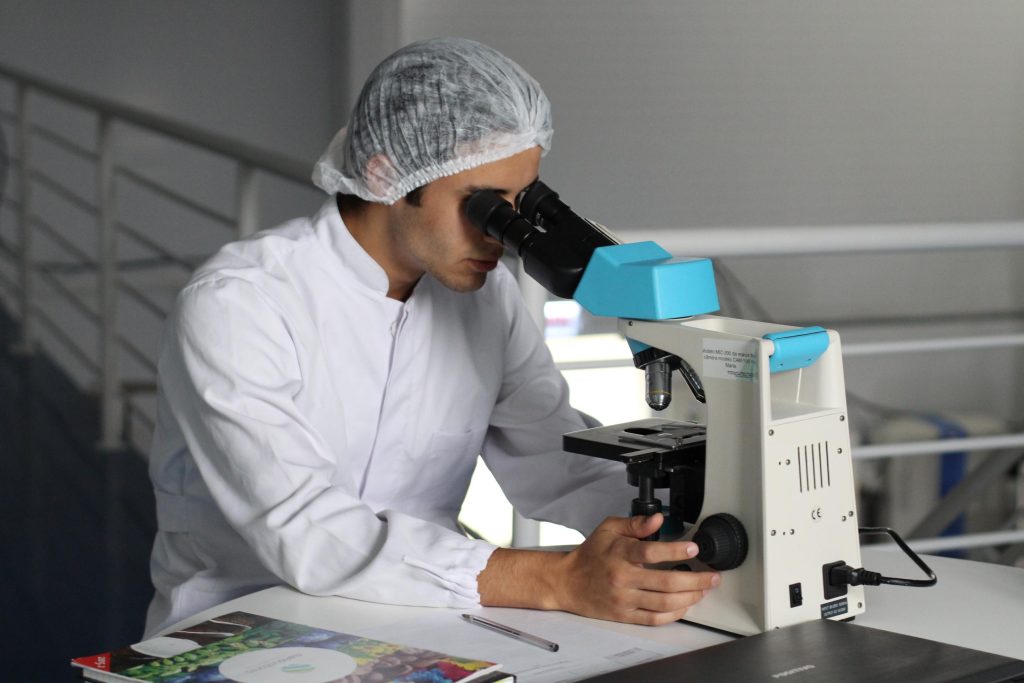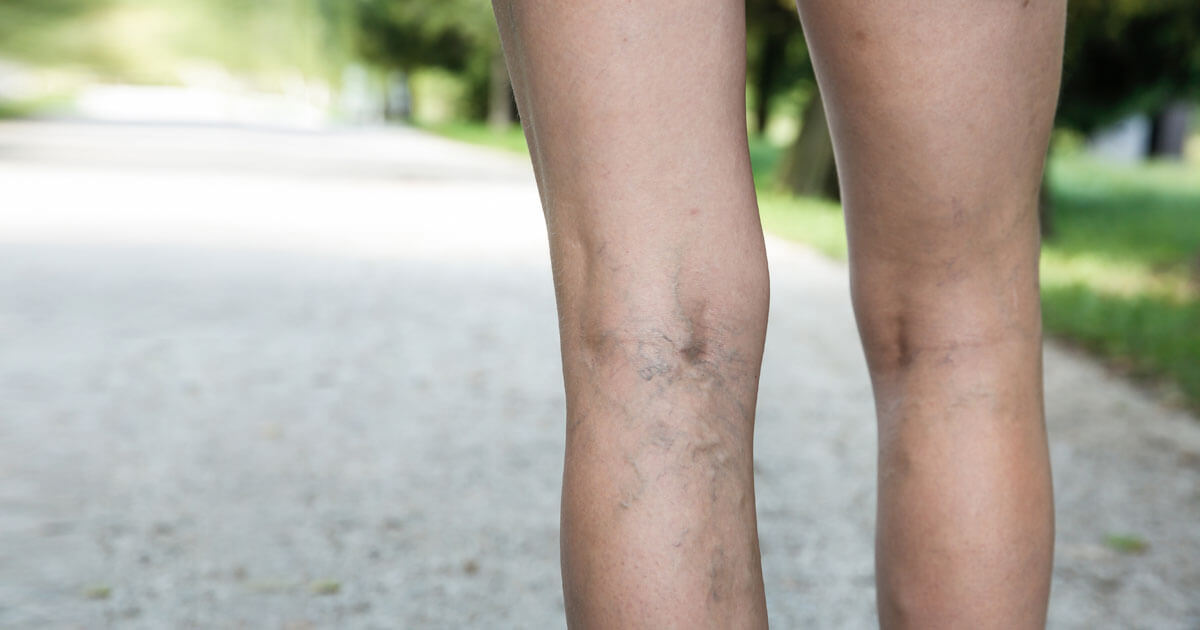
What Are Spider Veins?

Spider veins are small, thin streams of blood that can be seen on the legs, arms, or face. They look like a spider crawling down your skin. Spider veins Villa Rica may develop anywhere on the body, but they are more common on the legs than anywhere else. They are also more likely to come back after they are gone. That is because most people with spider veins don’t get rid of them completely.
Spider veins are more common in women than men because hormones affect how much blood flows through our bodies. Men tend to have fewer red blood cells and smaller vessels than women, so their veins are less visible.
What are the symptoms of spider veins?
- Achy legs
- Dull, painful throbbing in the legs or feet
- Redness or swelling of the skin over the veins
- Itching, burning, and tingling sensation around the veins
- Swelling
- Redness and irritation of the skin
What are the risk factors for spider veins?
Genetics
Spider veins are a type of vascular disorder, which means they occur due to a genetic predisposition. However, it is not clear what triggers the condition. Some have speculated that the underlying cause may be related to how blood vessels form in your body and how they function.
Smooth skin
Smooth skin is one of the risk factors for spider veins because it causes your underarms to be more sensitive to friction from clothing and other fabric surfaces. If you have coarse or rough skin, you will be more prone to developing spider veins than someone with smooth skin.
Age
As we age, our skin becomes less elastic and unable to stretch without tearing or breaking down, which can cause spider veins to form on specific body parts. This is why people over 60 are at a higher risk for this condition than younger adults. As an individual enters the senior years, the skin tends to lose collagen and elastin-the proteins that make it flexible.
Inactivity
Inactivity can also increase the chances of developing spider veins by making you more prone to them. This is because inactivity makes your muscles weak and causes you to sit or stand for long periods without moving around too much or exercising regularly. When this happens, blood pools in your legs and travels back up into your system through the veins until they become enlarged and painful due to being stretched too far at one time.
Obesity
Obesity is a major risk factor for the development of spider veins and varicose veins. The excess weight puts pressure on the veins, making them more likely to become varicose or spider veins. People who are obese also have increased vascular resistance, which can lead to more blood being pumped through their veins rather than being absorbed back by the body.
Spider veins, or telangiectasia, are small red or blue veins on the skin. They are caused by abnormally dilated capillaries and are common in people of all ages. Spider veins can be treated with laser therapy or injections of a drug called sclerotherapy. Sclerotherapy involves injecting a chemical into the affected veins to close them off. Laser therapy involves using a laser to destroy the abnormal blood vessels in spider veins. Contact Peachstate Advanced Cardiac and Endovascular (PACE) experts for spider veins treatment.
